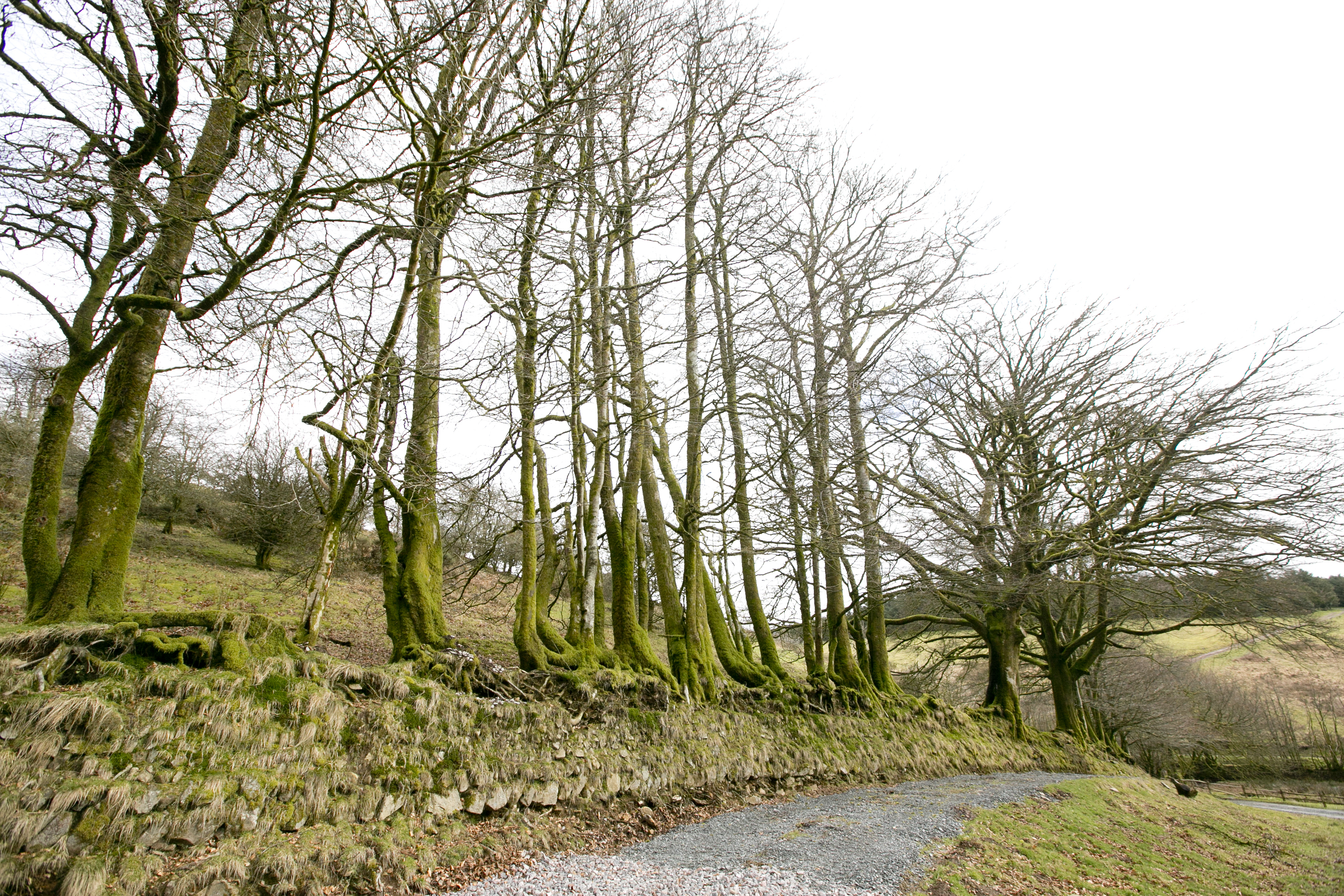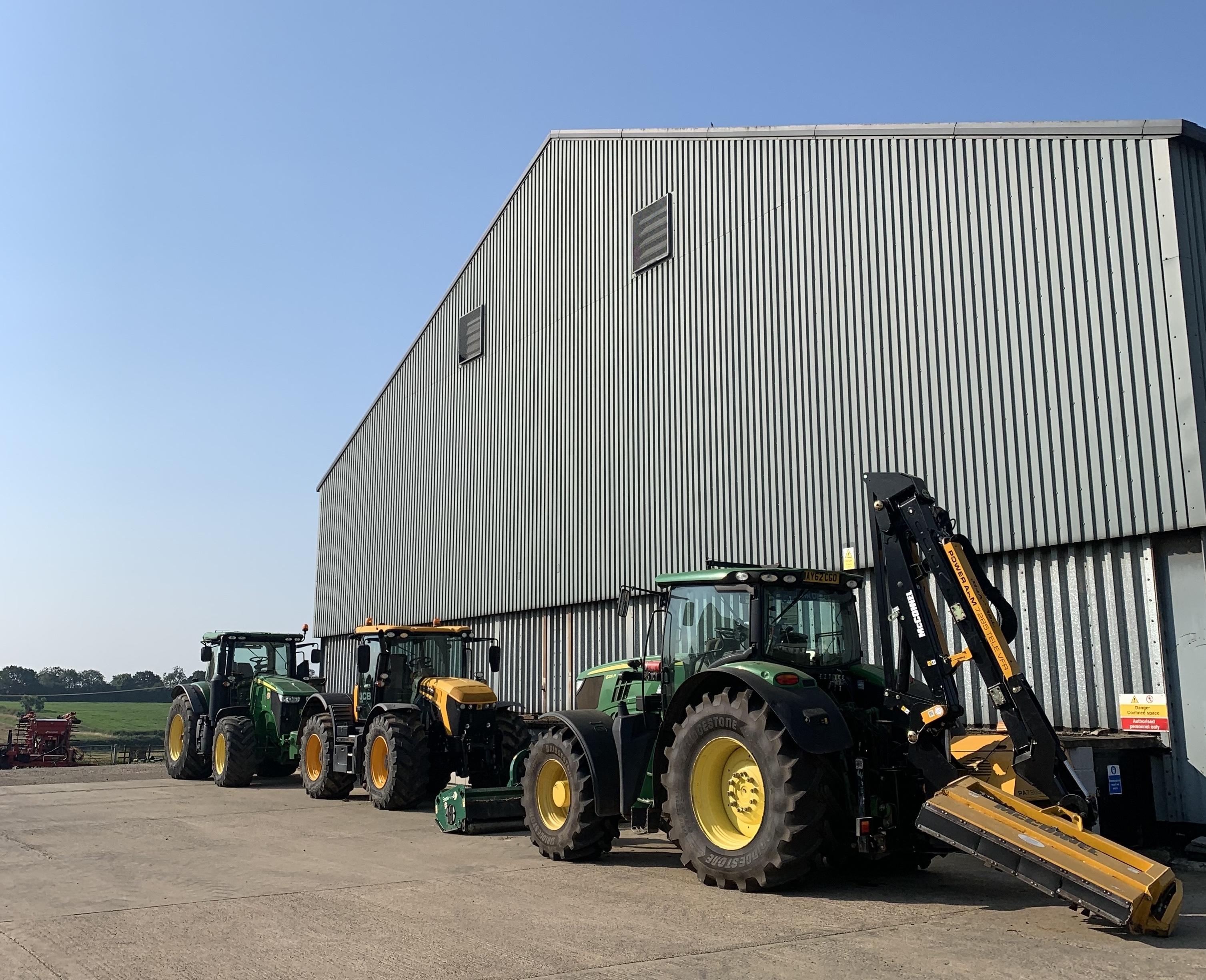Wellshead Natural Capital Project Wellshead Estate
The Wellshead Estate comprises 420 hectares situated within Exmoor National Park to the southwest of Dunkery & Horner Wood National Nature Reserve. As as a livestock farm with a small arable operation, the site consists predominantly of grassland and woodland habitats, with 40 hectares under arable cultivation.

| Project Type | Biodiversity Net Gain |
|---|---|
| LPA | Somerset |
| Units Available | 35.94 |
| Unit Price | AOR |
| Client | Wellshead Estate |
| Sector | Livestock & Sporting |
| Start Date | 23 Apr 2024 |
The estate has demonstrated a strong commitment to environmental stewardship, evidenced by its Woodland Carbon scheme, long-standing Countryside Stewardship agreements, and significant woodland expansion programme which has seen over 31,000 trees planted in the past decade. This Biodiversity Net Gain (BNG) project builds upon their established track record of ecological enhancement, which was formalised with their inaugural ecological survey in 2022.

Project Scope
Our BNG initiative at Wellshead Estate encompasses 28.25 hectares of land, strategically selected to create a mosaic of biodiverse habitats. The project is projected to generate 35.94 BNG units, representing one of the first contributions to the emerging BNG market in Exmoor.
Project Solution
Assessment Phase
The project commenced with a comprehensive baseline survey conducted by our CIEEM-accredited ecologists, as well as discussion about the site's existing land use with the estate's owner, Henry Rawson, and farm manager, Ricky Atkins. This assessment utilised UK Habitat Classification (UKHab) methodology to provide a detailed inventory of existing habitats and ecological features. The survey data formed the foundation for our bespoke BNG plan.
Planning Phase
Informed by the baseline data and the Exmoor Nature Recovery Vision, we developed a tailored BNG plan that optimises biodiversity gains whilst respecting the operational requirements of a working estate. The plan focuses on creating or enhancing a diverse range of priority habitats, including:
• Upland Oakwood (NVC W17): Expansion of this habitat will provide crucial connectivity for woodland species, including barbastelle and Bechstein's bats, both of which are known to be present in the area.
• Wet Woodland (NVC W5): Creating areas of alder and willow carr along watercourses to enhance riparian habitats and contribute to natural flood management.
• Upland Heathland (NVC H12): Restoring this habitat will support specialist species such as the whinchat and nightjar, both of which have experienced national declines.
• Traditional Orchard: Establishment of a new orchard using local apple varieties, providing valuable habitat for pollinators and farmland birds.
• Pond Creation: Introduction of small waterbodies to support amphibians and aquatic invertebrates.
We are currently advising the estate on the most appropriate mechanism for securing the land, evaluating the merits of a Section 106 agreement versus a conservation covenant. This process involves careful consideration of the estate's long-term objectives and the need for flexibility.
Delivery Phase
The Wellshead Estate has opted for a self-delivery model, capitalising on their experience in other environmental schemes. Our team is providing ongoing technical and administrative support and expertise throughout the delivery phase, ensuring adherence to best practices in habitat creation and management.
We've also developed a robust 30-year management and monitoring plan, which includes:
• Annual ecological surveys for the first five years, followed by surveys every five years thereafter
• Contingency measures for potential risks such as climate change impacts or disease outbreaks
• Provisions for adaptive management based on monitoring outcomes
Key Features
Woodland Expansion
Building on the estate's successful history of woodland creation, this project will further expand the woodland cover using locally appropriate native species, sourced locally from from Exmoor Trees. This will not only enhance biodiversity but also contribute to carbon sequestration, aligning with the estate's broader goals. Species selection includes oak (Quercus petraea), rowan (Sorbus aucuparia), and holly (Ilex aquifolium), reflecting the characteristic composition of Exmoor's upland oakwoods.

Local Nature Recovery
The project has been designed to complement and enhance the neighbouring North Exmoor Site of Special Scientific Interest (SSSI) and Dunkery & Horner Wood National Nature Reserve. The creation of upland heathland and scrub habitats will provide valuable ecological connectivity with these protected areas, facilitating species movement and genetic exchange.

Farm Integration
Interventions have been carefully planned to minimise impact on the estate's agricultural operations. The selected sites are on Grade 4 and 5 Agricultural Land, ensuring that more productive areas remain in agricultural use.

Book Your Free Consultation
Ready to explore practical BNG solutions for your land or development?
Contact us today for a no-obligation consultation with our Land Team and learn how we can help you navigate natural capital markets successfully.